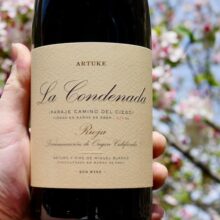
Product information
Artuke ‘La Condenada’ Rioja 2021
$212
Description
Trying ‘La Conenada’s’ brother ‘El Escolladero’ along with a few other wines from the Artuke range was enough to convince me to grab a couple of boxes.
Well it’s arrived, and I can see why it is one of the Artuke’s two crown jewels! The palate has exceptional shape and flow, yes it is precise! The acid ~ tannin ~ fruit ~ alcohol complex sits in perfect harmony. As with the El Escolladero there is just a little edge of grip to the mouthfeel, again in a cleansing positive way. Opening in the glass some of that puppy fat falls away and a playful perfume sings a top note adding to the fun.
Fresh and energetic there’s no clunky generic Rioja in this contempary iteration, just purity and pleasure. I expect this will be quite something with some bottle age on it.
The 2021 La Condenada was produced with the field blend of 80% Tempranillo and 20% other grapes like Graciano, Garnacha or Palomino. It has 13.8% alcohol and kept a low pH (3.36), denoting very good freshness and reflecting a cooler year. It fermented destemmed with indigenous yeasts and matured in 600-liter oak foudres for one year. It has a very elegant, defined, nuanced and complex nose, aromatic and clean, expressive, mixing flowers, red and black fruit, aromatic herbs and a spicy touch. The palate reveals terrific balance, very fine tannins, great balance and freshness and a long, dry finish with a chalky twist. It should age nicely in bottle, as it has the components and the balance between them to do so. 2,000 bottles were filled in December 2022.
Luis Gutiérrez, The Wine Advocate 97+ Points
In stock
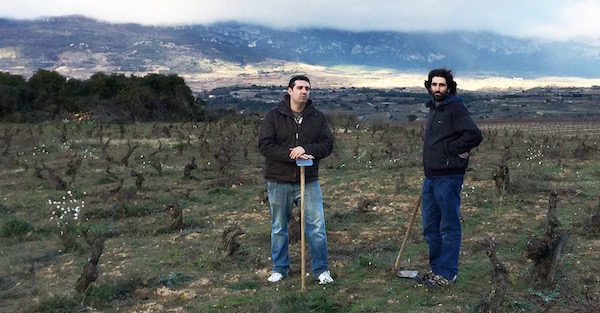
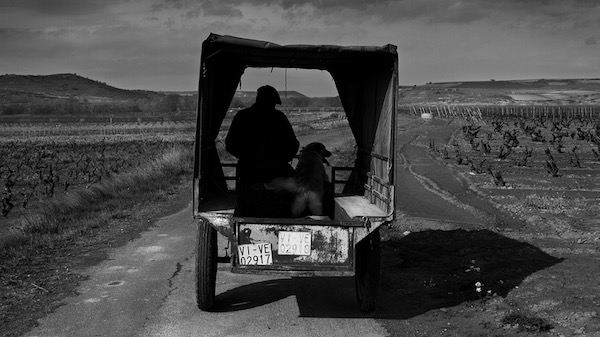
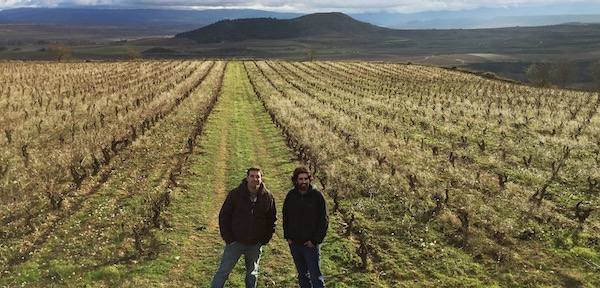
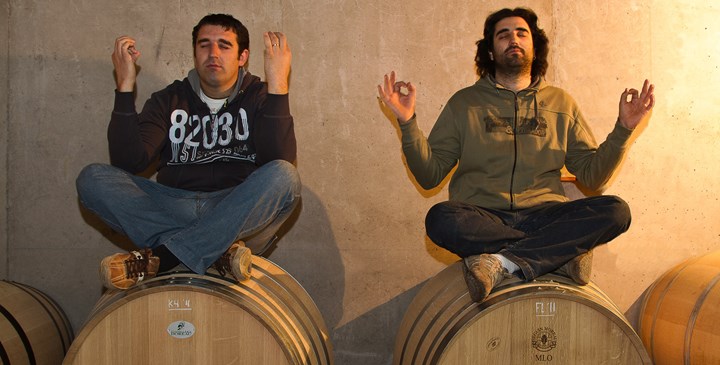
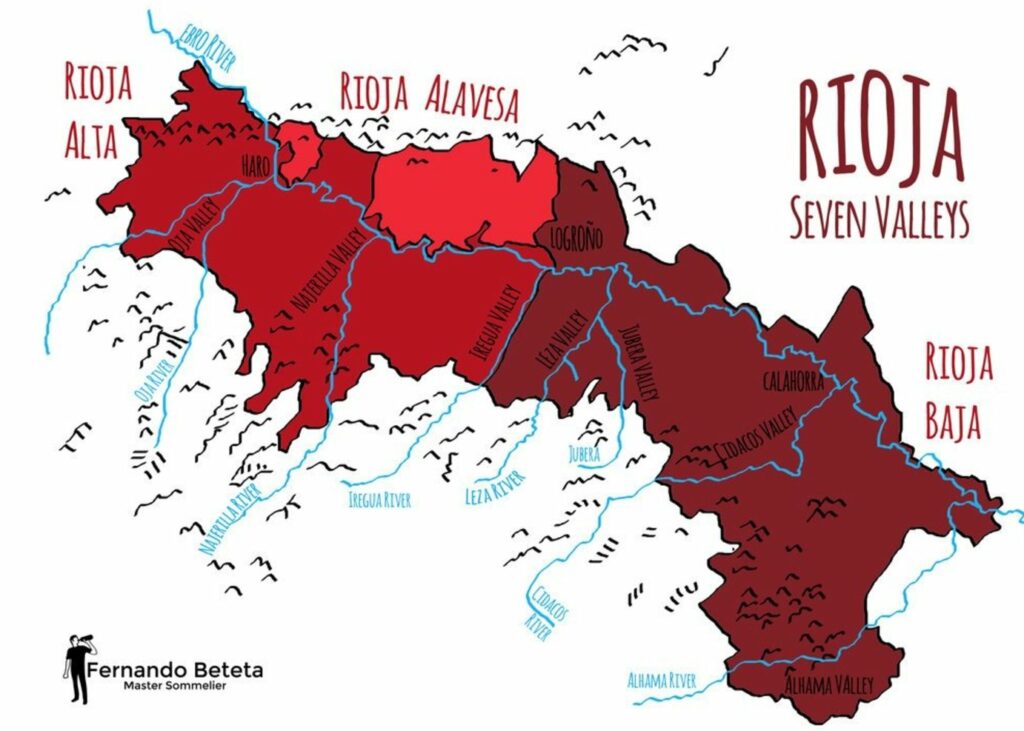
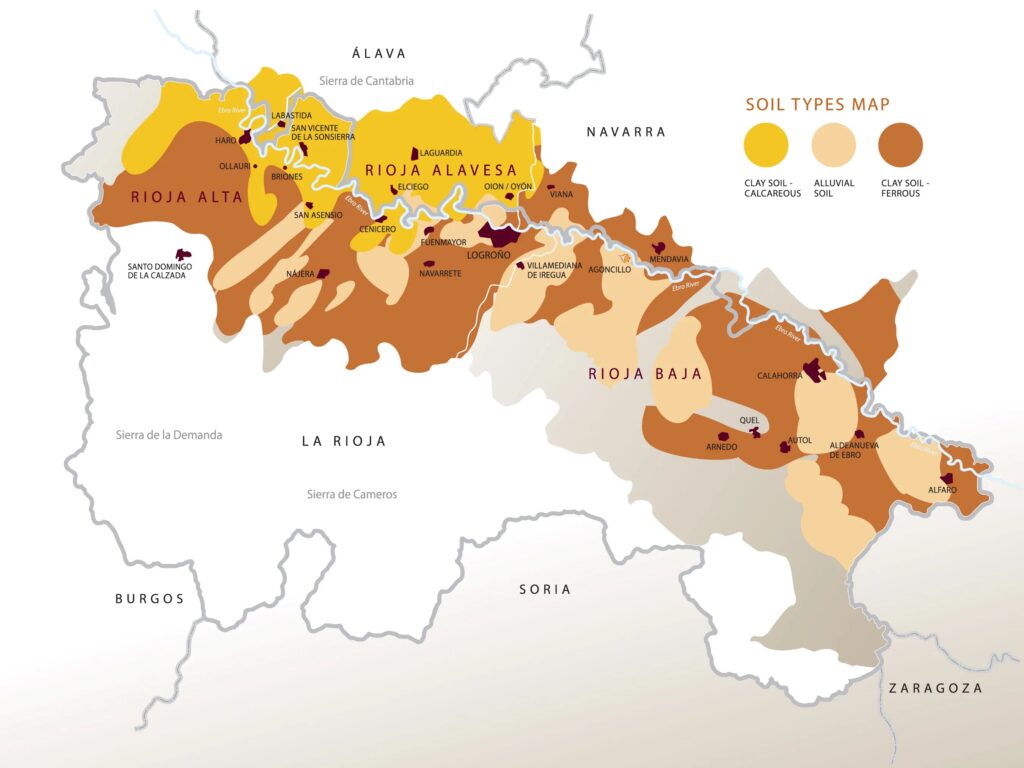
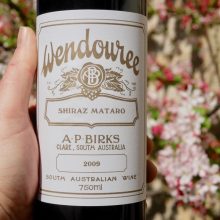
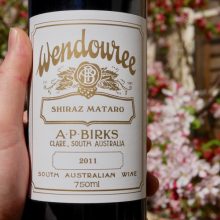
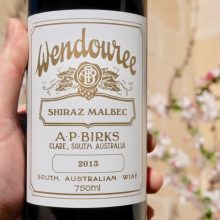
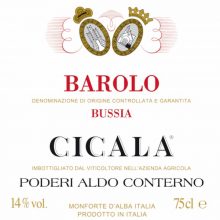
You must be logged in to post a comment.